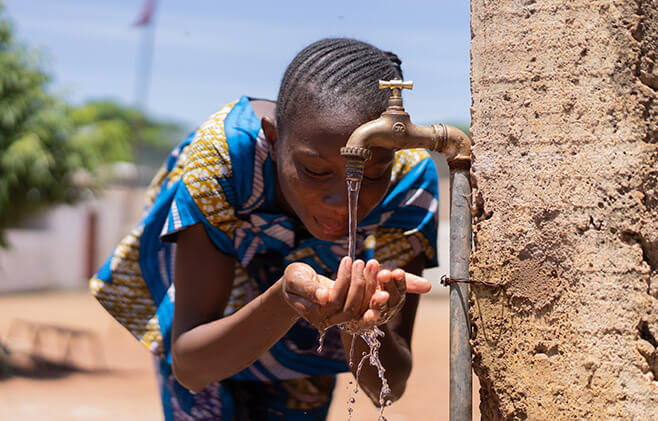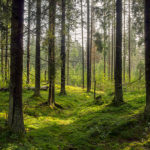
13 May Is There Enough Clean Water for All?
More than the amount of freshwater on Earth, it is the rate in which it is being consumed from finite resources that is proving to be a problem.
How Much of Earth’s Water Resources can We Use?
It has been drilled into our minds that 70% of Earth is covered by water.
However, only 3% of it is freshwater and the rest is saline or ocean-based water. More than two-thirds of this freshwater is frozen in ice caps and glaciers. That leaves us with 1% of freshwater to sustain all life on the planet, spread across our Earth in rivers, lakes, underground aquifers and permafrost.
These freshwater resources are being quickly depleted by humans but are also restored through rain and snowfall.
The Uneven Distribution of Freshwater
Geography, climate, and competition in water resources are all factors that determine the accessibility of freshwater to different regions.
Diverse climate and geography provide some regions with more rainfall and natural water resources while others fall prey to difficulties in transporting water due to their geographical features. The infrastructure used to supply water to these regions often comes at a price. What’s problematic is not the scarcity of water itself but its distribution.
Humans are guzzling water faster than natural processes can restore it. When sources cannot meet the demand, we start pumping out water from our finite resources. Of Earth’s 37 major underground reservoirs, 21 are on the track to be irreversibly emptied. We are depleting the water sources we rely on at an unsustainable rate.

What are the Statistics?
More than 700 million people worldwide do not have access to an improved water source, which is roughly 1 in 10 people on the planet. More people die due to unsafe drinking water than all acts of violence, including war. Diarrheal diseases are known to kill one child every 60 seconds.
Sub-Saharan Africa sees women and girls spending over 40 billion hours a year just collecting water.
Where is All the Freshwater Going?
The use of freshwater from our natural resources can be divided into 3 main sectors.
Household water, which is used for drinking, cooking, and cleaning, accounts for only 3.6% of the water consumed by humanity, and another 4.4% goes into fueling a wide range of factories that make the products we buy on a daily basis.
The remaining 92% of our water consumption is spent on a single industry: agriculture. Water used by our farms is swallowed up by crops and livestock to feed the ever-growing population of Earth. While being a necessity, agriculture poses a threat to our water supplies.

To minimise the impact of agriculture, farmers are already working their way to finding new and sustainable solutions. We can personally help by reducing our food waste as one-third of the food that leaves farms is usually thrown away. Eating less water-intensive food can also help cut down our water footprint.
The End Verdict
We may not run out of water, but that does not mean individuals will not go thirsty. United Nations statistics show that the rate in which water usage has increased in the last century is more than double the increase in population.
It is estimated that 1.8 billion people will experience water scarcity in their lifetime and two-thirds of the population will be living in water-stressed areas.
What we need to focus on is doing our best to reduce water consumption on a personal level by assessing our day-to-day activities and supporting causes that work towards providing safe drinking water to regions that face water scarcity. It all boils down to how efficiently we regulate and distribute our water resources.

